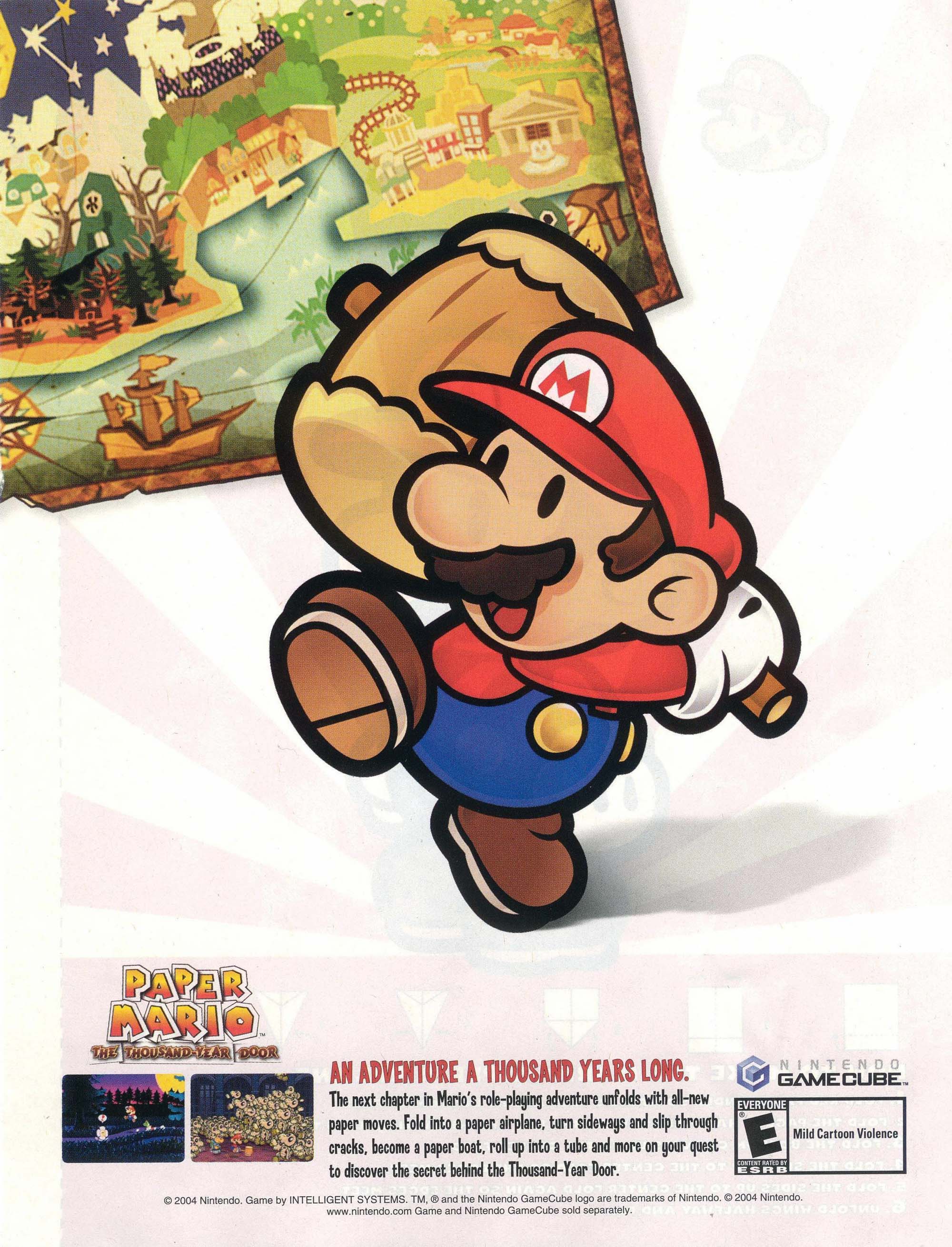


The player can either perform a regular attack, where they time a button-press on the controller to deal more damage, or use a special attack, which is more powerful but consumes flower points (FP)-an in-game statistic-when used. Mario encounters multiple allies that join him on his journey, who can help complete tasks in the worlds and fight in combat, the latter of which is similar to other RPG games. The first two games, Paper Mario and Paper Mario: The Thousand-Year Door, feature elements similar to that of a typical role-playing video game (RPG). Turn-based combat as seen here in Paper Mario: The Thousand-Year Door All games except Super Paper Mario feature a turn-based combat system, where Mario and one or more opponents take turns attacking one another. There are also non-playable characters (NPCs) which Mario can talk to. The locations are designed to look as if they are made out of paper, and contain coins and other collectibles, such as hidden trophies. Each game divides the world into several explorable areas that contain puzzles and interactive elements, such as obstacles that Mario has to hit with his hammer, that need to be completed to progress in the story. In the series, Mario is tasked with a quest to explore either the Mushroom Kingdom or a similar world.
PAPER MARIO SERIES
The series has collectively sold 12.54 million copies.Įxcept for Paper Mario and Paper Jam, each game was nominated for at least one award The Thousand-Year Door won "Role Playing Game of the Year" at the 2005 Interactive Achievement Awards, Super Paper Mario won " Outstanding Role Playing Game" at the 12th Satellite Awards in 2007, and Sticker Star won "Handheld Game of the Year" at the 16th Annual D.I.C.E. Super Paper Mario is the bestselling game in the series, with 4.3 million sales as of 2019. When Paper Mario: Sticker Star was released in 2012, the series began to receive complaints about its change in genre, but continued to earn praise for its writing, characters, music, and enhanced paper-inspired visuals. The first two games in the series, Paper Mario and The Thousand-Year Door, received critical acclaim, and were praised for their story, characters, and unique gameplay. This led the series to slowly move genres from role-playing to action-adventure, though some role-playing elements are still present later in the series. Although the early games in the series were well-received, Kensuke Tanabe wanted each one to have different genre and core gameplay elements. Changes in development resulted in the game becoming a standalone game. The original Paper Mario began as a sequel to Super Mario RPG (1996), developed by Square for the Super Nintendo Entertainment System. The series consists of six games and one spin-off the first, Paper Mario (2000), was released for the Nintendo 64, and the most recent, Paper Mario: The Origami King (2020), for the Nintendo Switch. Players control a paper cutout version of Mario, sometimes with allies, on a quest to defeat the antagonist, primarily Bowser. It combines elements from the role-playing, action-adventure, and puzzle genres. Paper Mario is a video game series and part of the Mario franchise, developed by Intelligent Systems and produced by Nintendo.


 0 kommentar(er)
0 kommentar(er)
